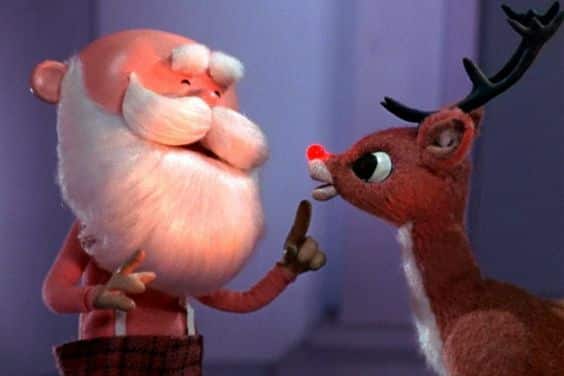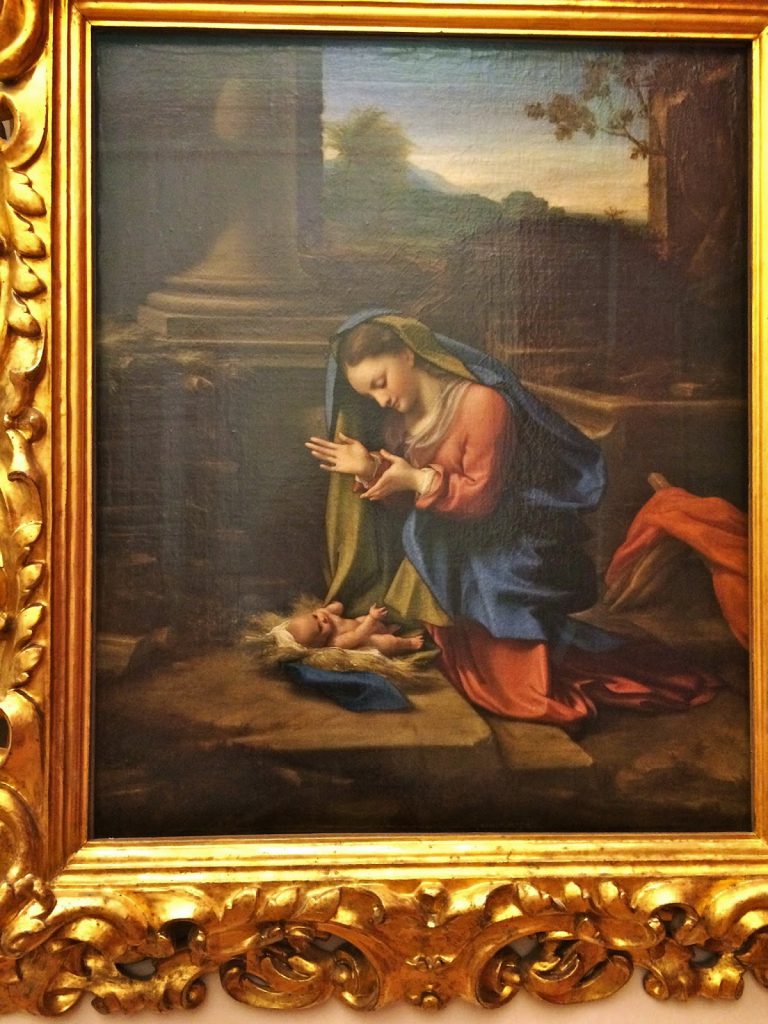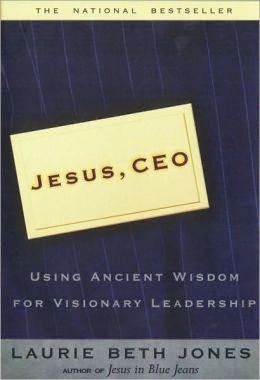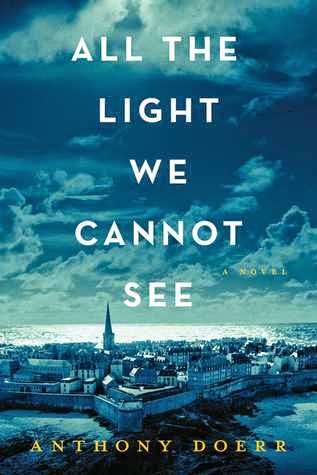Christmas
Lessons from Rudolph

We just finished putting up and decorating the Christmas tree, and I was surprised to see so many ornaments about Rudolph! It seems I’ve been collecting them through the years. I grew up in the 1960s, and before CGI, “Rudolph the Red-Nosed Reindeer” was the best TV holiday show for kids, in my opinion.* In many ways, it still is. Stop-motion animation has always fascinated me. Apparently, it also fascinated a guy my age by the name of Tim Burton, who, adoring “Rudolph” and how it was made, grew up and fulfilled his dream. He went on to create the classics “The Nightmare Before Christmas” and “The Corpse Bride”!
This got me thinking…
Christmas is a time to celebrate the birth of Christ and all it entails: gift-giving (mimicking the gifts from the Three Wise Men), charity, peace, family, love.
But in art, it seems to be a time to recognize that marginalized people, especially those with disabilities, should have special attention and care.
Think of Tiny Tim, who I’ve written about before. Birthed from Charles Dickens’ fertile imagination, born in Victorian England, he was crippled at a young age, and the entire story, “A Christmas Carol,” revolves around showing him love and compassion. The antagonist is his eventual benefactor—Scrooge. Despite his wealth, Scrooge was crippled too, emotionally. The story develops to show how Scrooge was cured of his antisocial pathology, and how Tiny Tim was cared for. I’m convinced Tiny Tim had hemophilia!
And what about Rudolph? The Rankin/Bass show had the narrator, a snowman voiced by Burl Ives, calling his shiny red nose a “nonconformity.” The show had a lot of great humor. Rudolph was different. He had a problem. But he had a bigger problem when his parents tried to disguise his nose, to make him like the other reindeer.
What a great story! Rudolph meets up with an elf, Herbie, who also doesn’t conform to society’s conventions. Together, they set out to see the world, and end up on the Island of Misfit Toys, where all the toys have some “disability,” which could simply be translated as, “doesn’t meet society’s definition of perfection.”

In the end, Rudolph convinces Santa to find homes for all the misfit toys. Tiny Tim helps Scrooge, who then helps Tiny Tim. And Rudolph, of course, saves Christmas! The moral of the stories is that different is good. And we all need to be understanding, tolerant, helpful and inclusive.
Even Herbie. He got a job as the North Pole’s first dentist.
Happy holidays!
* Rankin/Bass, as Videocraft International, contracted with Tokyo’s pioneering Tad Mochinaga for the stop-motion “Animagic” animation. Scripts, pre-recorded voices and sounds made their way to Japan, and an estimated 82 puppet figures were created.
Merry Christmas!
Merry Christmas and happy and safe holidays! See you in the new year!

A Christmas Legacy
Son Rekindles Family’s Holiday Tradition
The family will celebrate the end of the holiday season on New Year’s Eve, when the light display will go dim — until next Christmas.
http://www.wggb.com/2014/12/22/son-rekindles-familys-holiday-tradition
Hemophilia Leadership: Jesus’s Example

I sometimes think of the example of Jesus when I approach new leaders, or try to inspire new leaders. Jesus was born into poverty too. He had no earthly resources. He wasn’t trained to be a leader–he was a carpenter. He saw the suffering around him; indeed, his very birth triggered the “Slaughter of the Innocents.” Imagine knowing that fact as you are growing up. He was gifted with the ability to heal. And he had to sacrifice much: leave his mother and father, travel far from home, find disciples, spread his message without any use of newspapers, radio or cell phone. No slogans, no banners, no World Jesus Day. It all came down to him.
Our leaders in Africa, South America and Asia also face much sacrifice and struggle; they need to find disciples; they need to educate the masses. On top of it they have a child with a painful and life-threatening disorder. But these Hemophilia Leaders follow the same style of leadership that Jesus exemplified. They are–or should be–servant leaders.
A servant leader puts the needs of his people over his own desire for control, power, acquisition, or ego. He is attuned to the needs of his people, and seeks to meet them. In hemophilia, this means helping find those who suffer, putting them in touch with a treatment center, educating them about their disorder, and above all, getting them factor.
So in a way, Hemophilia Leaders can “heal”: they learn who to reach out to (doctors, WFH, Project SHARE) for help, for factor. I’ve witnessed so many amazing leaders, some young, some beyond retirement, dedicate every minute of their free time to helping the suffering in their countries. And this while they themselves often need help. Imagine a Hemophilia Leader contacting us at Project SHARE, while they themselves are in pain from a bleed, requesting help for one of their patients. That’s servant leadership.
They are stoic, strong, driven with an inner passion, rise above their own pain and suffering, and above all things, have faith. Faith and trust that someone will help them, that they can change the situation in their countries to make it better for a new generation. Faith in themselves, because they often believe in a higher power helping them, whether a deity or an organization, or both! They have a vision that compels them. They are driven and dedicated. Meditating on this at Christmas, I am in awe of these Hemophilia Leaders–patients, parents, doctors–and I cannot wait to serve them in 2015. What a gift they are to us at Christmas time and throughout the year.
Book I Just Read
Jesus, CEO
 Laurie Beth Jones 1995
Laurie Beth Jones 1995
What skills, attributes and style did Jesus possess that made him a success and a “fisher of men” that leaders today can emulate? That’s the goal of this book, broken down into easy-to-read chapters that pose personal questions to consider at the end of each. The book may be good for leadership novices, but lacks a sharp, in-depth comparison of Jesus’s life and skills compared to those of a modern-day business person (such as provided by Margaret Morrell in Shackleton’s Way). This is a superficial, often trite comparison of Jesus’s skills, mindset and style to modern day leaders. Some are stunningly obvious: He planned. He formed a team. He had a vision. He expressed himself. He forgave them. Simplistic, and questionable at times. (“He came from left field.” “God surprised people.” What? I thought his coming was prophesied, like for centuries?)
There are much better books on Jesus and leadership. Try John Maxwell’s books on leadership and skip this outdated one. It still sells for $10 on Amazon! One/five stars.



